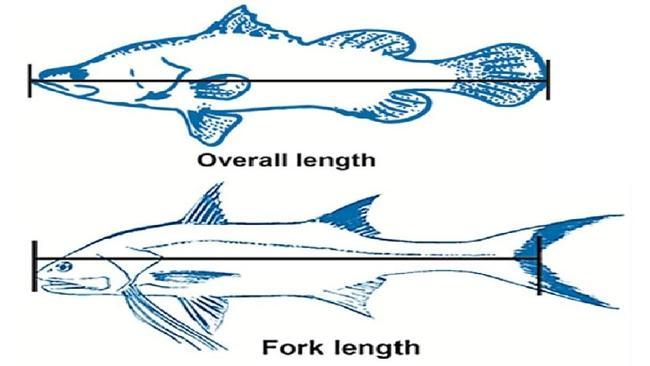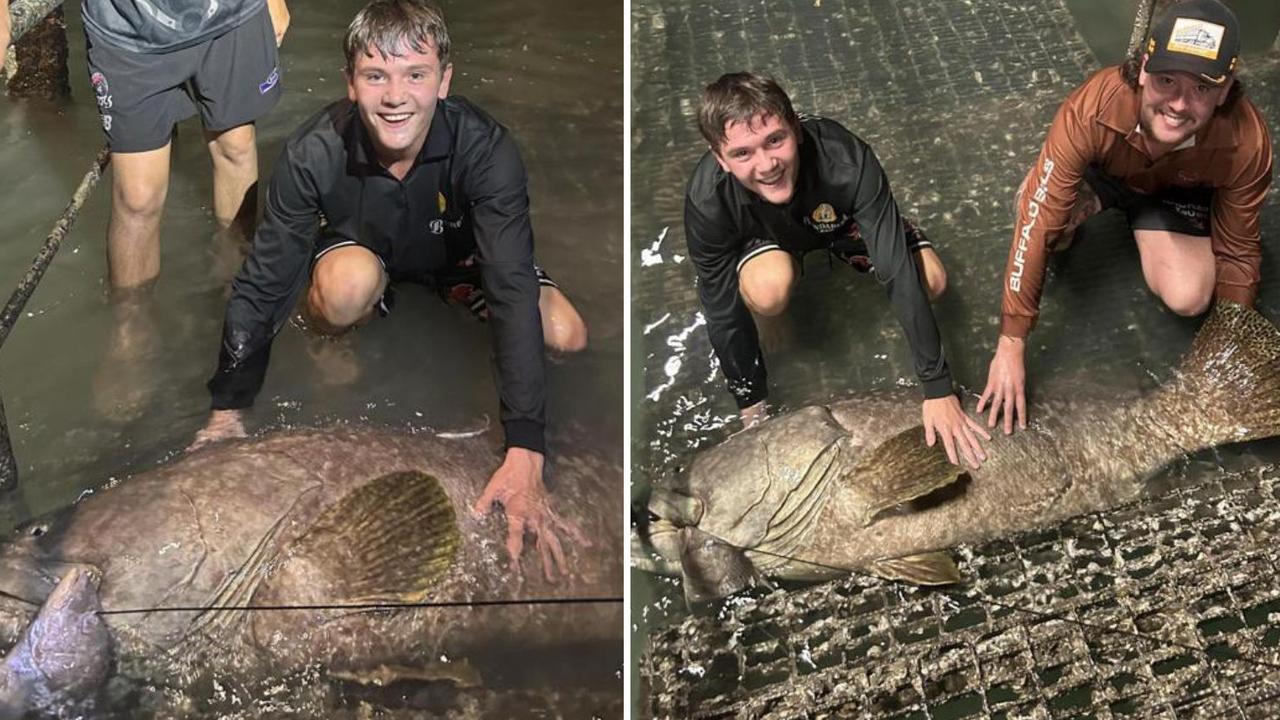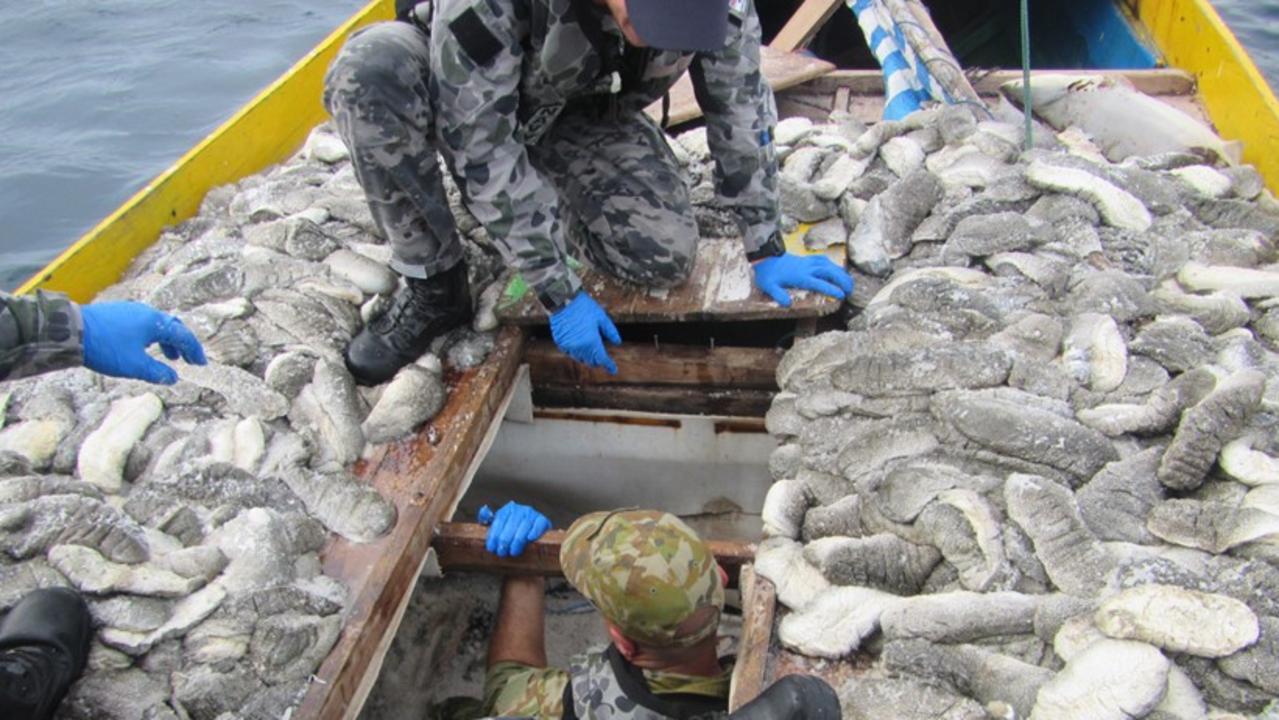Fish size limits revised
New recreational fishing rules will introduce a minimum and maximum size limit for some of our key recreational species in the NT.

Fishing
Don't miss out on the headlines from Fishing. Followed categories will be added to My News.
New recreational fishing rules will introduce a minimum and maximum size limit for some of our key recreational species in the NT.
Size limits are a useful tool provided the released fish have a good chance of surviving.
Unlike many reef fish, barramundi show relatively high survival rates post release, as shown in tagging studies.
Barramundi and king threadfin caught in the Mary and Daly rivers fish management zones will have a maximum size limit of 90cm to protect mature females.
However, if fishing from a vessel and you catch a large fish that is gut hooked or injured and is unfit for release, you may retain one barramundi and/or one king threadfin over 90cm.
This avoids unnecessary wastage and allow anglers to make an informed choice.
Mangrove jack will now have a minimum size limit of 35cm to protect juvenile stocks.
Jacks of less than 35cm are suitable for catch and release as smaller fish are almost exclusively found in shallow, estuarine habitats, where barotrauma is unlikely to be a problem. How we handle captured fish is a key factor in determining whether a fish will survive release.
It is important to minimise the time a fish is out of water.
Try to prevent the fish thrashing around on the deck by leaving the fish submerged in the landing net until you are prepared.
Support the weight of the fish horizontally with both hands and lay the fish flat on a cool, wet measuring device (a brag mat or else measuring tape).
When releasing fish, look for some appropriate bank side cover or snags to provide protection while the fish recovers.


